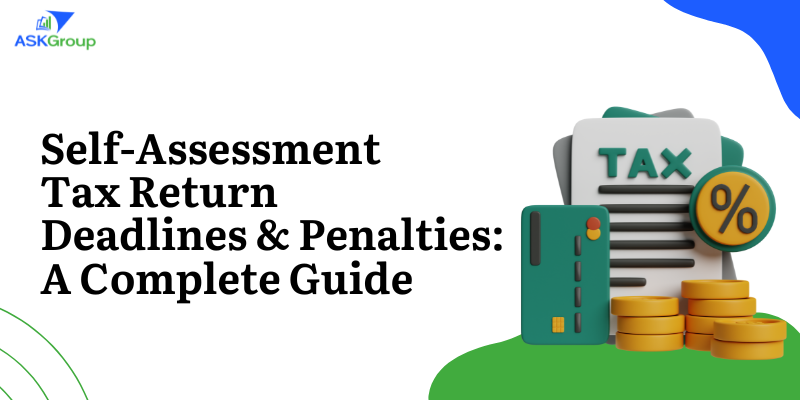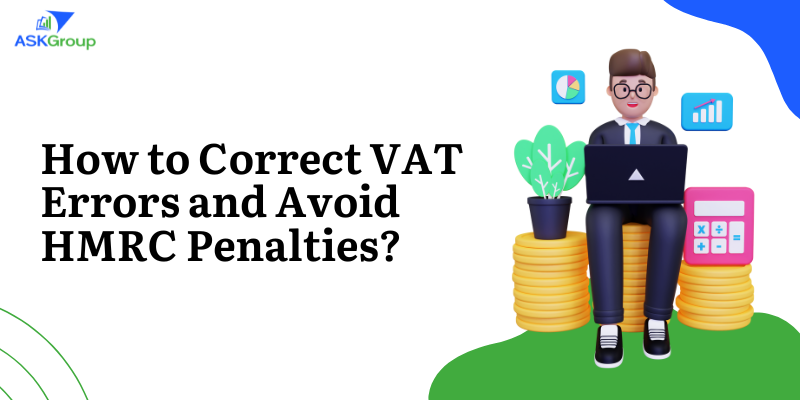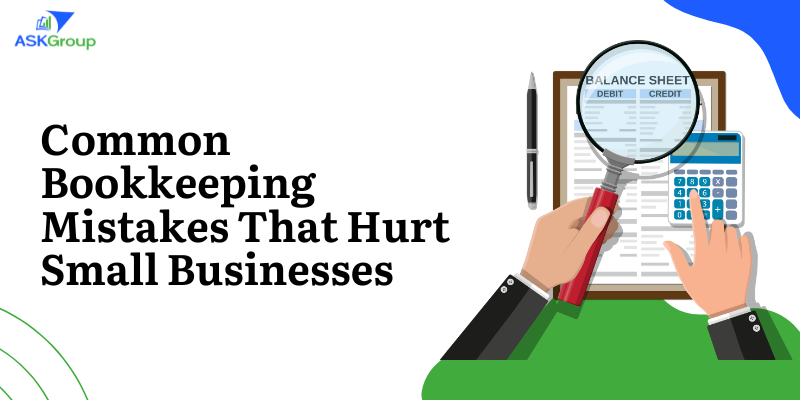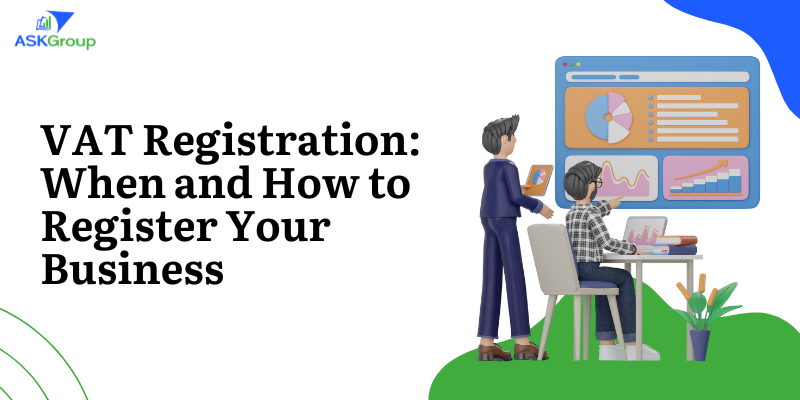
Table of Contents
When operating a business in the UK, it is important to know about VAT registration. VAT registration at the right time keeps you within the rules of the HMRC and also can assist you in managing your cash flow and recovering VAT that is paid in your business expenditure. The guide is all about what you should know about VAT registration, when it is required, the process of registration and the advantages of voluntary registration.
Introduction
VAT (Value Added Tax) is a consumption tax local to most goods and services in the UK. Businesses that are registered to VAT would be able to charge VAT on their sales (output VAT) and will be able to recover VAT on purchases (input VAT). The standard rate is 20 percent with other specific goods and services charged at 5 and 0 per cent rates respectively.
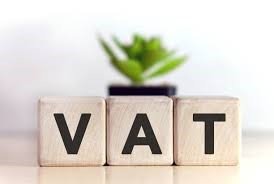
VAT registration influences pricing, accounting and taxes reporting and hence it is critical that there is clarity on the obligations of businesses. Your turnover and the constitution of your business determine whether registration will be done voluntarily or not.
What Is VAT, and Why Is It Important?
If your taxable turnover is above the VAT threshold (which is currently 90,000) in (2024), your business must register VAT. This threshold is with reference to a rolling 12 month period and not only the financial year. You will be required to watch your turnover constantly: when your next turnover in 30 days is likely to exceed the threshold level, you are to be registered as soon as possible.
Certain companies do not have the obligation to register to VAT including those providing zero-rated services only or selling zero-rated services only. But, zero-rated sales do not mean you cannot need to register once your turnover reaches the threshold.
Is VAT Registration Compulsory?
You can choose to be registered on VAT, even though your turnover is less than 90 000 pounds. There are a number of reasons why a good number of businesses opt to do so. Registering means that you can reclaim VAT on business expenses which would be especially advantageous in case your startup costs are high. It even makes your business more reputable, as certain clients have a preference to cooperate with the suppliers who are registered with VAT.
Nevertheless, there is voluntary VAT registration which implies the need to collect VAT on your turnover which may be the reason to raise your customers’ prices. This may not be a problem till the extent of your clients becoming primarily VAT-registered businesses since their VAT can be reclaimed. However, in the case of B2C companies, this might make your services or products become uncompetitive.
Voluntary VAT Registration: Is it Appropriate to your Business?
The registration of VAT is possible online through the HMRC site. You will also have to give details concerning your business including turnover, bank details, and nature of your products or services involved. Upon registration, you will be given a VAT certificate containing your VAT number and this must be indicated in the invoices.
Depending on what suits your business, you may select various VAT accounting schemes such as a Standard VAT Accounting Scheme, the Flat Rate Scheme, or the Annual Accounting Scheme. The schemes have varying reporting and payment requirements hence a scheme should be chosen.
VAT Registration in the UK
After you register, you are prone to following VAT requirements such as issuing of VAT invoices, good records, and VAT returns in good time. HMRC may impose penalties due to late payments or late filings.
You will also be required to have your VAT number on your business invoices, business web page among other business contacts. Under the Making Tax Digital (MTD) scheme, you are allowed to file VAT returns only through compatible accounting software in case you are registered.
VAT Registration: What Next?
Most companies do case-register at the eleventh hour, in case of being punished. The others do not monitor the turnover properly and end up with VAT liabilities that they would not have expected. The other mistake is the failure to maintain good records and it is now very hard to fill VAT returns correctly.
To prevent problems, keep a record of your turnover and get clear financial records and ensure you can see a professional when you are in doubt about VAT liability.
Mistakes to Avoid During Common VAT Registration
AskGroupUK specialises in the provision of support to UK based businesses with regard to VAT registration and compliance. Our accounting professionals are also able to evaluate the necessity and the profitability of your business in registering VAT, lead your DIT or own through the registration, to recommend to you the most suitable VAT scheme.
We will also offer continuous VAT assistance, such as the process of tax preparations and submissions, MTD compliance, and VAT reclaims advice. We will deal with the complexities so that you scale your business.
How to Get VAT Registration Assistance with AskGroupUK
VAT registration forms an important procedure in most businesses in the UK, both by compulsion and at will. Knowing the necessary time and process of registration helps to be compliant and obtain maximum financial gains. Your tax obligations can be simplified by the following: picking the right VAT scheme and implementing accurate records so that you can prevent any costly errors.
Contact AskGroupUK today in case you require professional advice on VAT registration. Our staff will support your company to be in compliance and economically operative.

Ask Group
TOP CHARTERED ACCOUNTANT
Lorem Ipsum is simply dummy text of the printing and typesetting industry. Lorem Ipsum has been the industry's standard dummy text ever since the 1500s, when an unknown printer took a galley of type and scrambled it to make a type specimen book. It has survived not only five centuries, but also the leap into electronic typesetting, remaining essentially unchanged. It was popularised in the 1960s with the release of Letraset sheets containing Lorem Ipsum passages, and more recently with desktop publishing software like Aldus PageMaker including versions of Lorem Ipsum.
Categories
- Accounting (2)
- Book Keeping (1)
- Finance (1)
- Tax (1)
- VAT (1)

